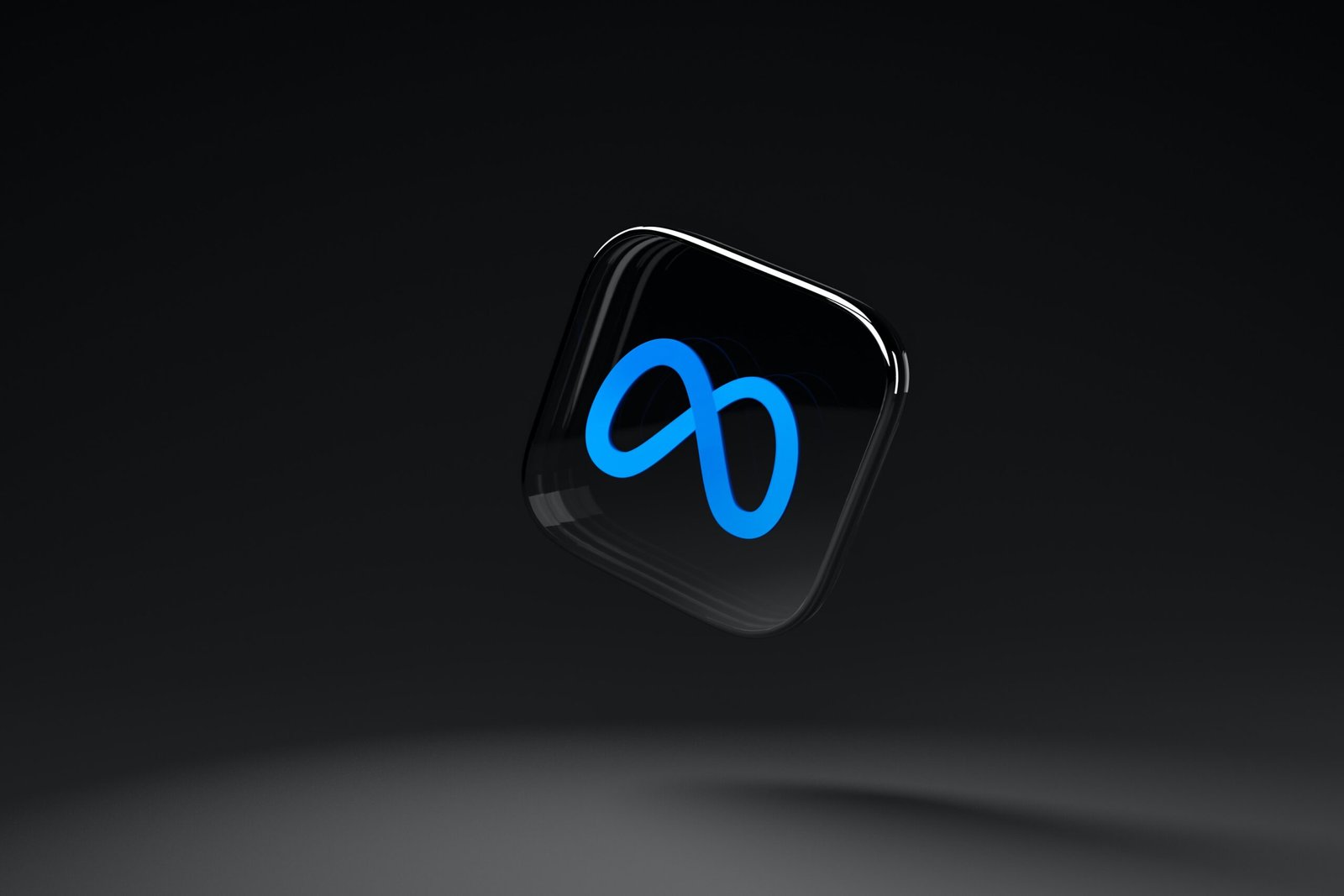Meta Encryption Move: Balancing Privacy and Security
Meta Encryption | Introduction
In a bid to enhance user privacy, Meta has announced plans to introduce end-to-end encryption to its Messenger app. This strategic move, set to align Messenger with other messaging giants like WhatsApp and iMessage, has reignited the ongoing debate surrounding the delicate balance between privacy and security in the digital realm.
The Shift towards Full Encryption
Understanding the Technological Evolution
Meta’s decision to transition Messenger into a fully encrypted service marks a significant step in the evolution of online communication technologies. We delve into the motivations behind this move, examining how it aligns with Meta’s broader messaging app strategy.
End-to-End Encryption Unveiled
Exploring the intricacies of end-to-end encryption, we demystify the technology behind keeping texts, photos, videos, and phone calls private. This feature ensures that only the sender and intended recipient can access the content, emphasizing a heightened level of security in digital conversations.
Navigating the Privacy-Security Divide
Privacy Advocates vs. Law Enforcement
The debate over encryption controls has long been contentious, pitting privacy advocates and tech executives against law enforcement authorities. We examine the arguments on both sides, shedding light on the challenges posed by tough encryption for tracking criminal activities.
Mark Zuckerberg’s Privacy Stance
As Meta’s chief executive, Mark Zuckerberg has positioned himself as a privacy champion. We explore how his long-term vision, including the encryption of all Meta’s messaging apps, has shaped the company’s commitment to user privacy, while acknowledging the concerns surrounding potential misuse.
Challenges and Criticisms
Intense Scrutiny in Europe
Meta’s messaging services have faced intensified scrutiny in Europe, with hefty fines for data privacy violations. We dissect the challenges Meta encounters, from lawmakers’ criticisms to the company’s recent reduction in trust and safety employees working on critical issues.
Child Protection Concerns
The decision to encrypt Messenger has raised concerns about child protection, particularly from organizations like the National Center for Missing & Exploited Children. We explore the complex trade-offs Meta faces in balancing encryption with preventing the spread of illicit material.
Global Perspectives on Encryption
The Rise of End-to-End Encryption
Examining the timeline of encryption adoption, we trace its rise in popularity since Edward J. Snowden’s revelations in 2013. We explore how encrypted messaging apps like Signal gained traction and how major tech players, including Apple and WhatsApp, incorporated end-to-end encryption.
Regulatory Responses in the U.S. and Britain
In the United States, regulators argue that the broader use of encryption facilitates criminal behavior. We dissect the statements from law enforcement agencies, such as the Virtual Global Task Force, expressing concerns about the impact on safety systems. In Britain, officials grapple with finding a balance between privacy rights and public security.
Meta’s Response and Future Features
Meta’s Stand on Child Safety
Mark Zuckerberg acknowledges the challenges but emphasizes the inherent trade-offs in moderating content. We provide insights into Meta’s stance on child safety and the company’s efforts to address these challenges.
Messenger’s Future Features
In addition to encryption, Messenger plans to introduce new features, including read receipts, voice memos, ephemeral messages, and message editing. We explore how these features aim to enhance user experience and interaction.
Conclusion
Meta’s decision to add encryption to Messenger signals a pivotal moment in the ongoing discourse on digital privacy and security. As the company navigates challenges and criticisms, the move underscores the intricate dance between protecting user privacy and preventing illicit activities. Users can anticipate an enriched experience on Messenger, where security and innovation converge.
Click Here to Read More Articles: truereviewmagazine.com










